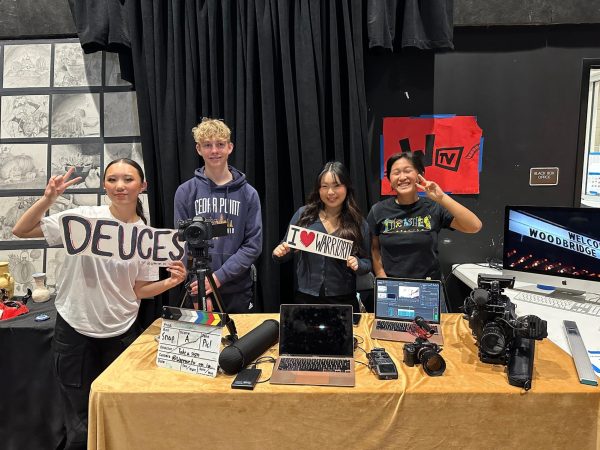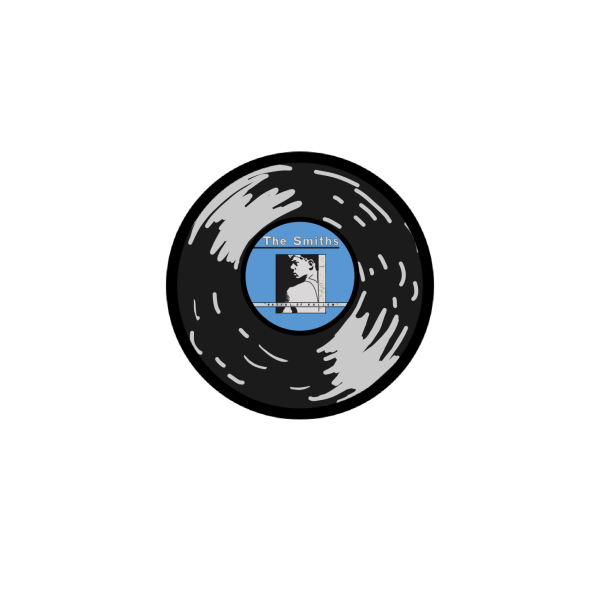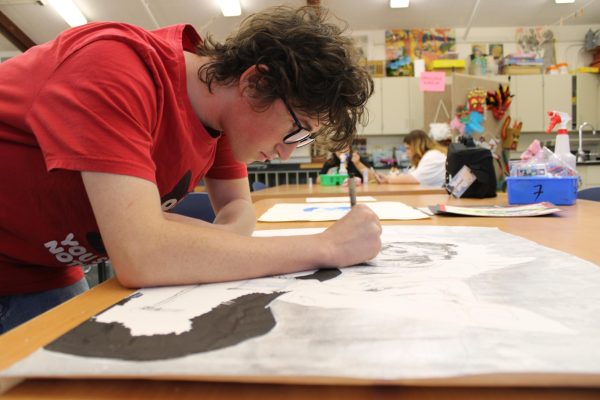Hear, see and touch music
I’ve been playing “Voez” over the past two weeks and have paid close attention to the design of the game and how it translates to user experience. While you can’t play just yet since the game is still in closed beta (unless you win this giveaway!), here are three noteworthy design decisions about the game.
Disclaimer: Note that everything I say below is based on the beta version of the game and may not be representative of the final product.
Theme
The moment players open up the game, they are faced with a plain title screen that sets the mood of the game. The main screen has a warm image of the in-game characters with relaxing background music that features the sound of ocean waves crashing over a shore. Right from the get-go, the developers introduce the environment in which the characters lives (Taiwan) through the music and art that goes along with it. Though many rhythm games are about reaching high-level gameplay, the developers communicate to the player from the title screen that this game is going to be about the enjoyment of the experience through its minimalist design.
There is consistency in visual diamond-shaped design throughout the rest of the menus to make the player stay in the previously established mood from the title screen. In addition, the developers cleverly introduce the notes (that appear during the game) in the menu and title screen by incorporating them as buttons. For example, swipe notes are used as arrows in the menu screen as well as the offset setting menu (Android only). Overall, the developers make great use of the visual and audio to communicate intended ideas to players.
Dynamic Background
The main feature of the game is the dynamic background that changes along with the music. This creates an additional layer of user feedback (often called “game feel” in the developer community). Game feel is something that touchscreen suffers from, especially in a mechanically-intensive game. Without buttons, the players have nothing else to rely on for feedback from the game other than visual and audio cues. In addition, the small-screened nature of mobile gaming limits the amount of details game developers can expect the player to notice.
The idea of moving panels and background from Rayark is an intelligent one. Rayark intend to make “Voez” a mobile rhythm game with the largest selection of songs. Normally, gameplay gets dull without new elements added to the game. However, the unique panel movements make each songs not only sounds but also looks and feels different when played. Though there are good intentions in this design, new players may find it difficult to enjoy all the visual elements when they are focused on hitting all the notes. However, this mechanic has a lot of room for creative expansion. It is likely that developers will find new ways to utilize and improve this mechanic.
Touchscreen Optimization
As previously mentioned, mobile gaming suffers numerous lackings compared to PC and console gaming. However, Rayark developers take advantage of the mobile platform and introduce swipe and slide notes in addition to the regular tap notes that are prevalent in the rhythm game genre.
Mechanically, there are only two controls: the time of contact with the screen and when the finger is released. However, the game cleverly features variations of notes with distinctive feedbacks instead of controls. For example, the blue swipe notes, the white hold notes and the black hold notes are essentially the same when it comes to controls. However, each note has different interactions with the panels that make each of them feel different. Blue swipe notes can add and move panels around. Black hold notes are an extension of the tap notes and are held to move panels around in a controlled manner. White hold notes direct players to swipe from panel to panel. Not only does each notes feel different in gameplay, but also the panels become the core gameplay. For example, quick consecutive notes in the same panel can be tapped using two fingers on different locations of the panels. This adds an additional depth to gameplay.
Overall, Rayark developers have invested significant efforts learning from their past two games (“Cytus” and “Deemo”) and optimized rhythm gaming on the mobile platform.
If you would like to try the game out for yourself, enter the giveaway here: http://goo.gl/forms/ja9vdFHkwy
UPDATE: The giveaway is over!
Your donation will support the student journalists of Woodbridge High School. Your contribution will allow us to purchase equipment and cover our annual website hosting costs.







